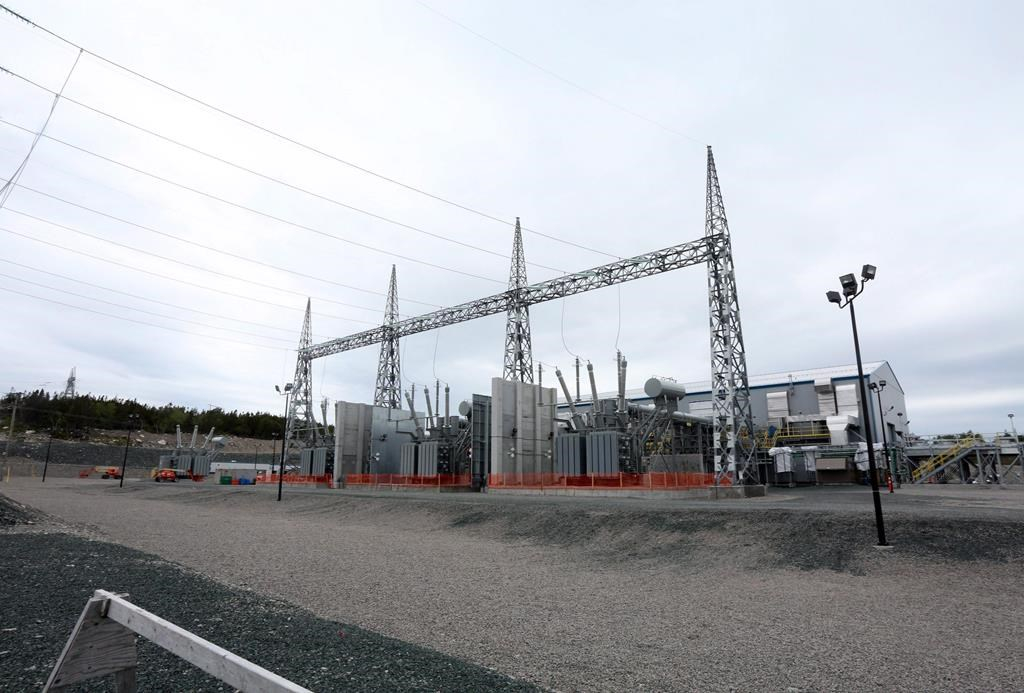Newfoundland and Labrador's long-suffering Muskrat Falls hydroelectricity project has encountered new problems ahead of a final round of testing that must take place during the colder months.
Newfoundland and Labrador Hydro says the issues have pushed a round of high-power testing to late March or early April.
The Crown corporation's latest report says a new glitch was discovered in the software that runs a subsea cable stretching across the Strait of Belle Isle, between western Newfoundland and eastern Labrador.
The report to the province's public utilities board says frigid February temperatures have held up other troubleshooting efforts as the hydro company can't risk outages during extreme cold.
Rob Collett, N.L. Hydro's vice-president of engineering, says the high-power testing will determine if Muskrat Falls can smoothly deliver 700 megawatts of power to the province's grid.
He says it's the last round of testing the project needs to pass, but it can only be done in winter, when people crank up their thermostats and put enough demand on the grid.
In an interview, Collett said that if the high-power testing fails and reveals more problems, he and his team will likely have to wait until October or November for power demand to once again be high enough.
An attempted round of high-power tests failed last November, leaving about 58,000 people in the dark for up to 25 minutes.
Muskrat Falls is years overdue and its cost has ballooned to more than $13 billion — almost double what it was expected to cost when it was sanctioned in 2012.
This report by The Canadian Press was first published March 3, 2023.
This hydroelectricity project
This hydroelectricity project is half the price tag of the still uncompleted Trans Mountain pipeline expansion project. It does have an impact on the land and decomposing submerged vegetation will release methane. But the end usage does not release GHGs to the extent downstream emissions will occur with TMX exports.
An undersea cable is far, far more benign than the huge risks imposed by Aframax-sized tankers moving 700,000+ barrels of raw diluted bitumen in the contorted marine passages of the Salish Sea on their way to US refineries at the same old "discount" Alberta industry has whined about for years.
Muskrat Falls may be a lemon that can make good lemonade one day as it slowly pays down its debt. Moreover, the hydro power could be piggybacked onto the phenomenal potential for wind power in Newfoundland, especially if exported to the Maritimes via more undersea cables to displace fossil fuels, and on to the US one day.
By comparison, TMX will never make lemonade no matter how twisted the proponent's math gets.




Comments